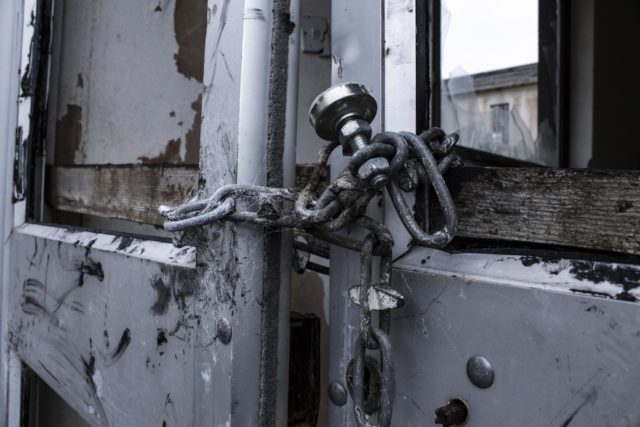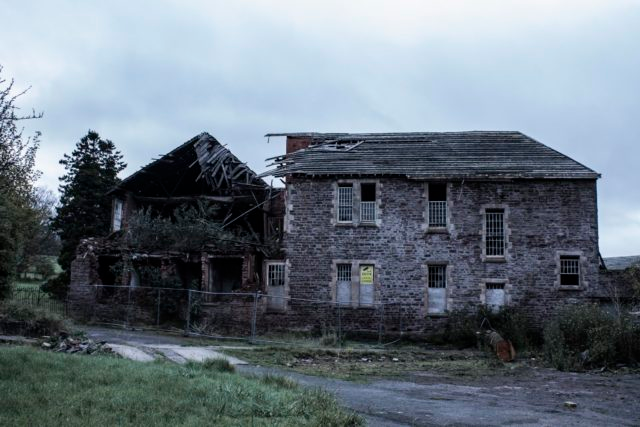In Talgarth, Wales, you can find an interesting abandoned location known as the Mid Wales Hospital, or sometimes the Talgarth Mental Asylum. This psychiatric hospital operated for 97 years but is currently abandoned.
Initially, the hospital was named the Brecon and Radnor Joint Counties Lunatic Asylum, as it was supposed to treat patients exclusively from the counties of Brecknockshire and Radnorshire. However, by 1921, the hospital had expanded to admit more patients, so its name was changed to Mid Wales Counties Mental Hospital.
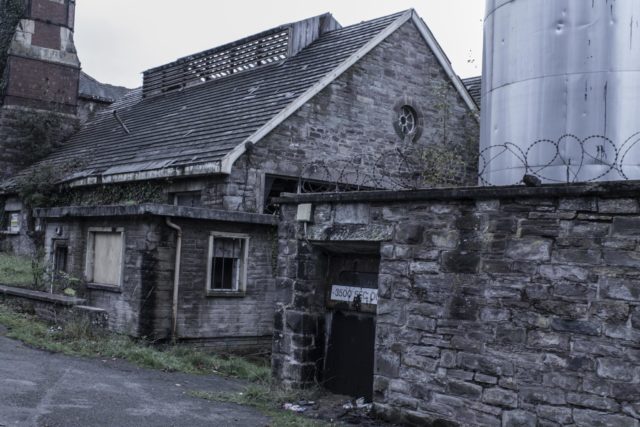
The original building was designed by architects from London and was based on a compact arrow plan. Its construction came out at £126,000. The public opening ceremony was held on March 18, 1903.
The hospital complex included wards, workshops, canteens, kitchens, a bakery, and shops. In addition, eight acres of market gardens were created to complement the farm and agricultural estates, all of which provided food for the hospital. The patients maintained these grounds, getting the benefit of physical exercise and fresh air while also contributing to the running of the hospital.
The Mid Wales Hospital was designed to work as a self-sufficient institution. To this end, the asylum had its own water supply (drawn from the Pwll-y-Wrach waterfall), electricity, and heating and sewage systems. In addition, there were workshops where patients were encouraged to spend their time profitably, and there was also a tailor, a shoemaker, and a bakery.
The main building of the hospital consisted of 12 departments, which were divided into six for men and six for women. The hospital was originally designed to have the capacity for 352 patients. However, by the end of 1925, the hospital actually housed 455 patients, so Wards 7 and 8 as well as an X-ray department were added to cope with the higher numbers.
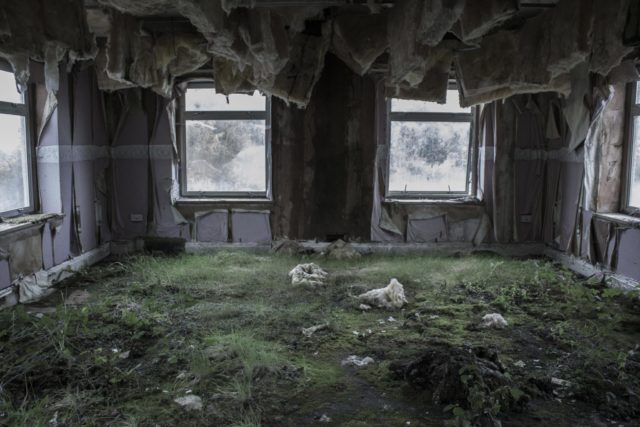
This increase in numbers was down to the fact that, in the early years of the Mid Wales Hospital, people with any illness were admitted, so long as they were residents from Brecon County. But after the First World War, the institution began to accept patients from elsewhere as well.
As well as being divided according to sex, the hospital was organized so that those who were considered “acute” cases were kept separate from those who were considered “quiet” cases. Patients were admitted suffering from a range of maladies including dementia, alcoholism, and epilepsy.
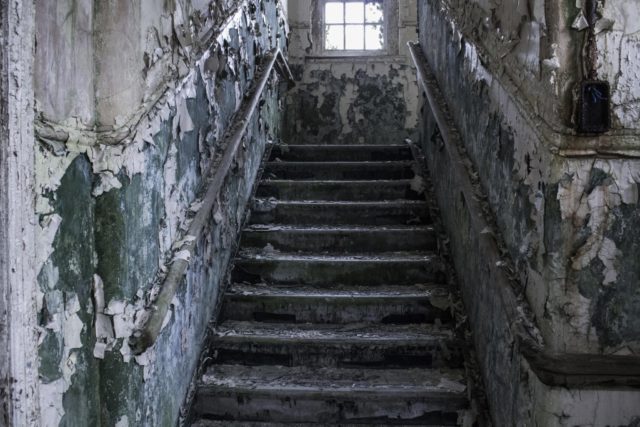
During the Second World War, the Mid Wales Hospital was allocated 67 men and 48 women from Cardiff City Mental Hospital, which had been requisitioned as a military hospital. In 1940, it was decided that the Mid Wales Hospital should become a war hospital as well.
Consequently, most of the existing patients were transferred to other psychiatric hospitals in Wales, and the hospital allocated about 300 beds for use by the military. It was later used as a prisoner of war hospital. In 1947, when the war was over, the hospital returned to running as normal, admitting civilian patients once again.
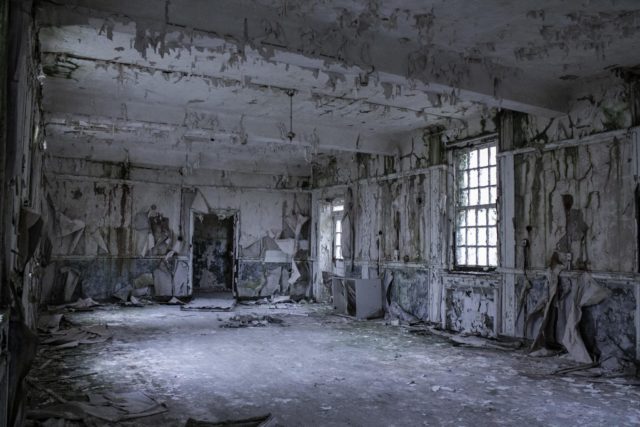
In 1948, the Mid Wales Hospital was absorbed into the National Health Service Thanks to the NHS, the hospital was able to take part in innovations relating to art and occupational therapy, and it became home to a nursing college as well as a center to help those suffering from substance abuse.
The emphasis also shifted from requiring patients to stay in the long term to short stays and rehabilitation. Other services that the hospital offered included the treatment of mentally ill elderly people, day care, reflexology, physiotherapy, and electroconvulsive therapy.
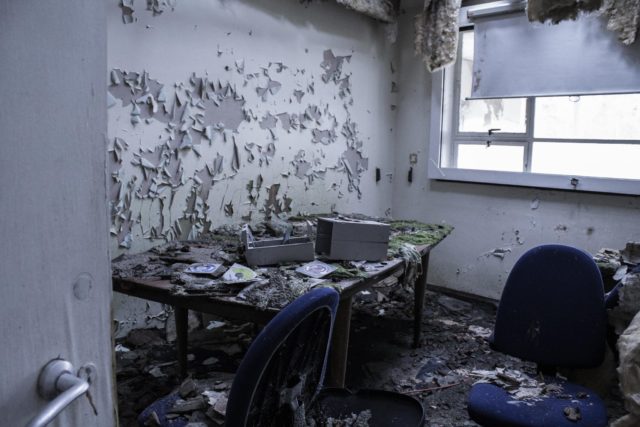
Whereas previously the hospital had been divided into male and female sections, once within the NHS, all services were integrated. At the end of 1955, there were about 500 patients in the hospital.
The farm closed in 1955, and about 155 acres of farmland were sold off in 1957, with further land being transferred to the Forestry Commission. The hospital stopped producing its own electricity from 1961 onwards.
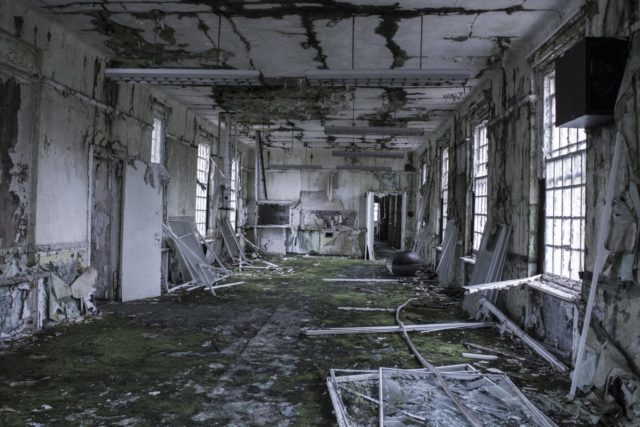
Over time, the need for psychiatric hospitals in Wales declined due to a shift in government policy and a better understanding of mental health. Instead of sending patients with mental health problems to asylums, the focus changed to helping them reintegrate into society.
In addition, more effective treatments and a higher quality of care became more widely available, which affected the number of patients. By 1994, there were only 140 patients in the Mid Wales Hospital. The institution gradually fell into decline until 2000, when it was finally closed. The remaining patients were transferred to other hospitals.
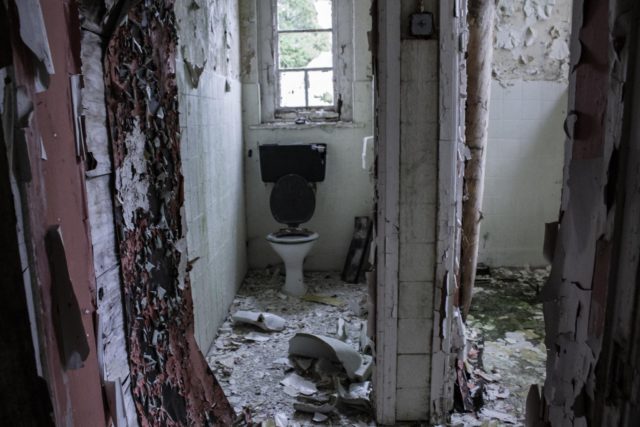
Following the closure, the hospital complex was sold to a former Chief Medical Officer for £227,000. The new owner planned to transform the buildings into industrial enterprises, as well as to open a business park. After some buildings were converted, local companies took up residence, and the area became known as the Black Mountains Business Park.
However, this business venture did not survive for long. The isolated nature of the park and a global recession meant that, by 2009, only a few businesses remained. After that, some of the buildings, such as the gatehouse, were sold off as individual plots of land.
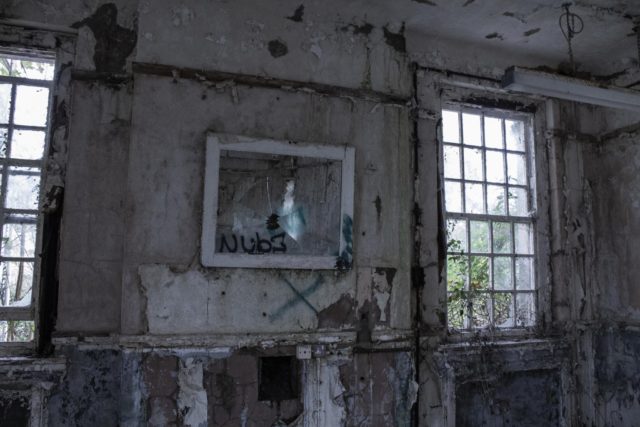
In early 2009, the entire site was put up for sale. However, there were no takers as the buildings had already begun to deteriorate and rot had set in. In addition, the original slate, which was estimated to have a value of £1-2 million, had been stripped from the roofs when the business park went bankrupt. Exposed to the elements, the buildings fell into further disrepair.
Instead, the abandoned hospital has become an interesting place for urban explorers who have uncovered left-behind oddities like a piano and a prosthetic leg. Without their roofs, the buildings are in a sorry state, with broken windows, crumbling plaster, and floors warped by rainwater.
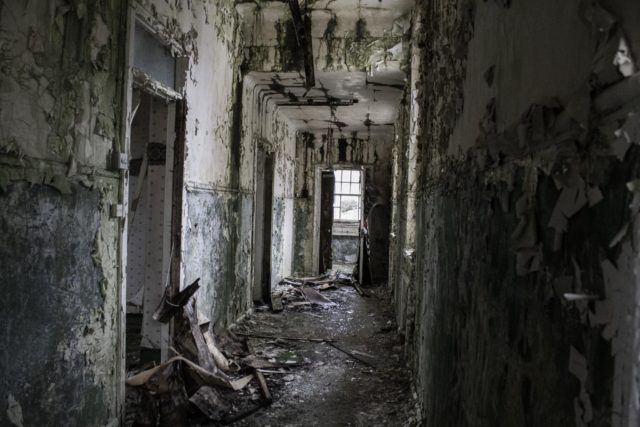
However, any visitors exploring the remains need to be extremely careful as the wood everywhere is rotten, and access to parts of the site can be difficult after various buildings were wholly or partially demolished to make way for the business park.
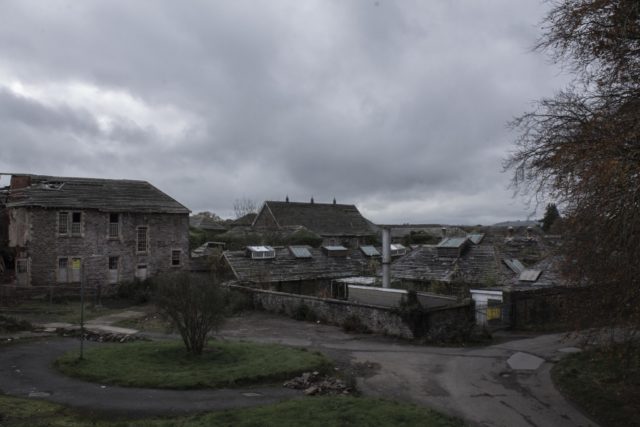
The photographs of the abandoned Mid Wales Hospital in Talgarth were taken by an amateur photographer called Olivia Shepherd, who hopes to turn her hobby into a professional career. Olivia is based in Shropshire, United Kingdom, and also Gloucester.
She runs a website to display her pictures, which are mostly landscape and documentation photography. She also has got an Instagram page where she shares moments she has captured in a picture.
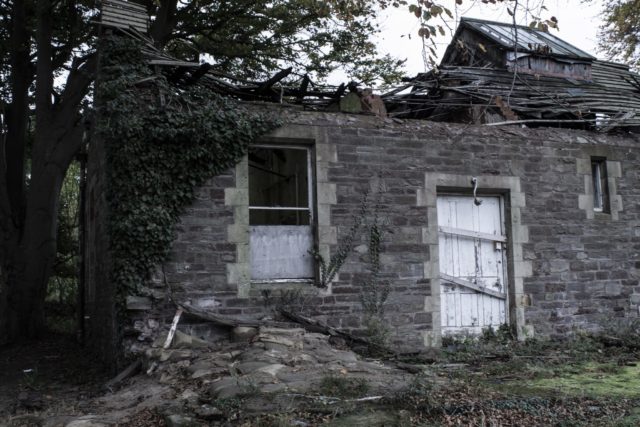
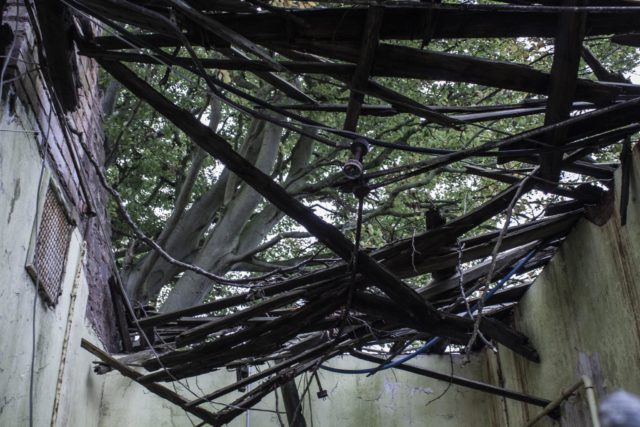
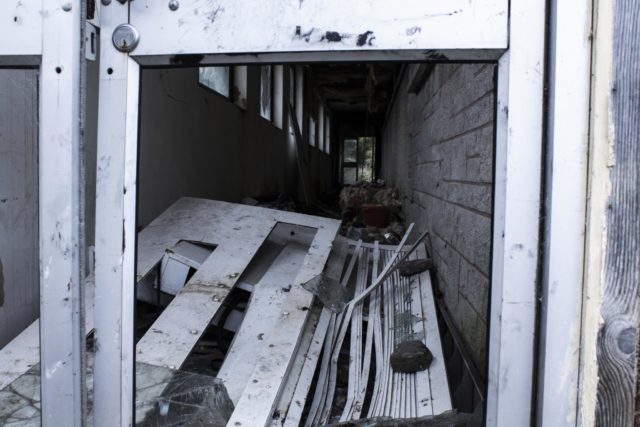
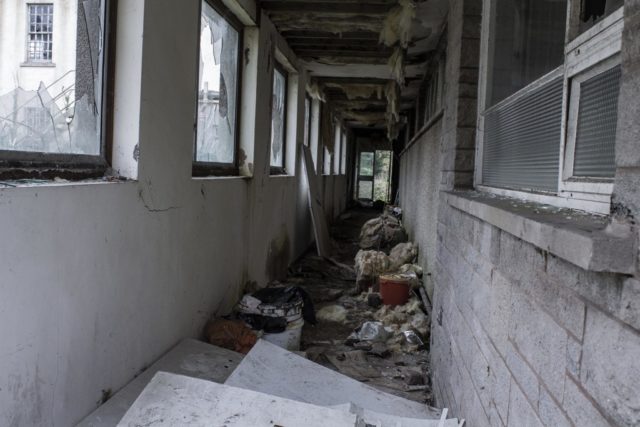
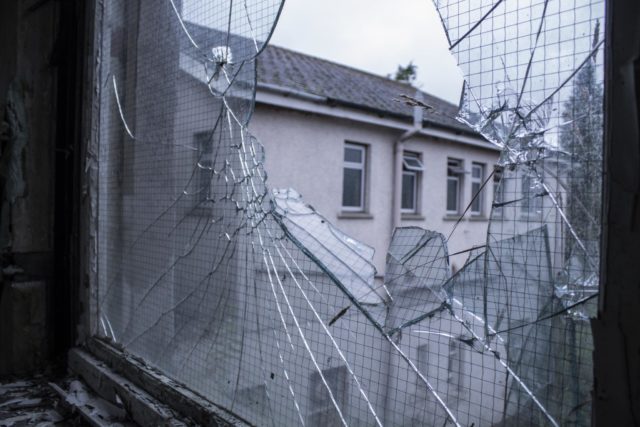
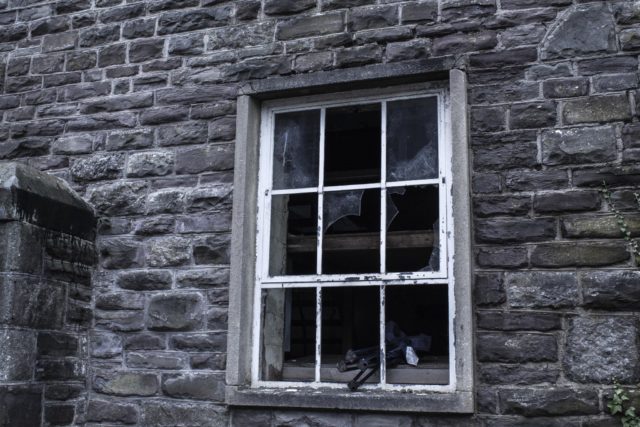
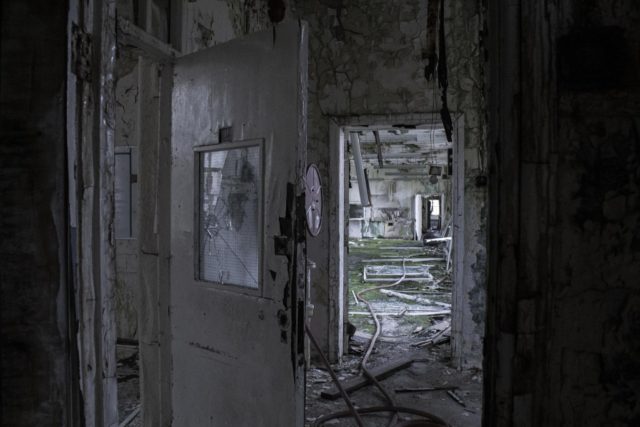
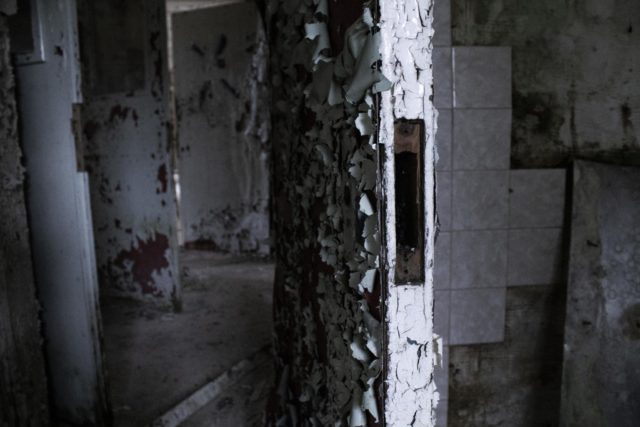
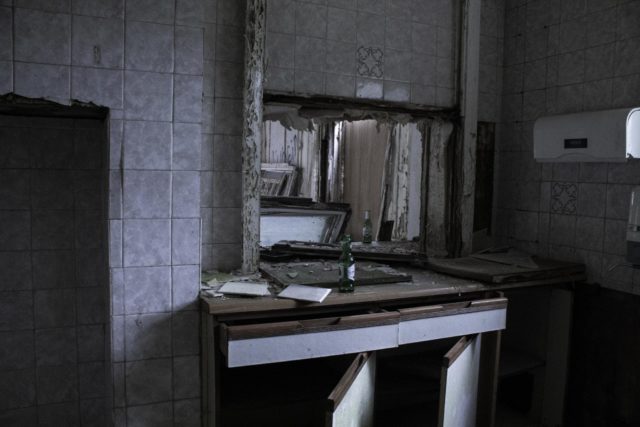
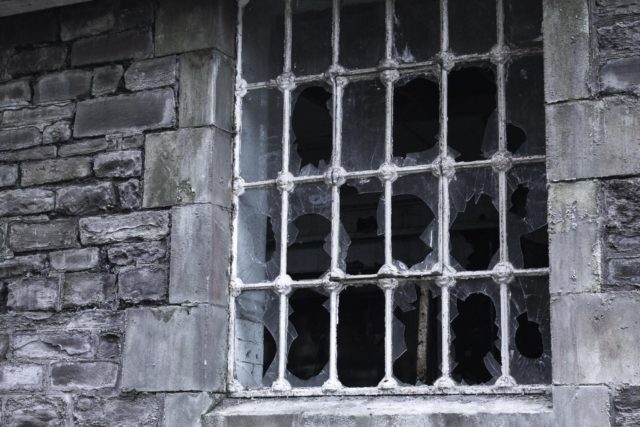
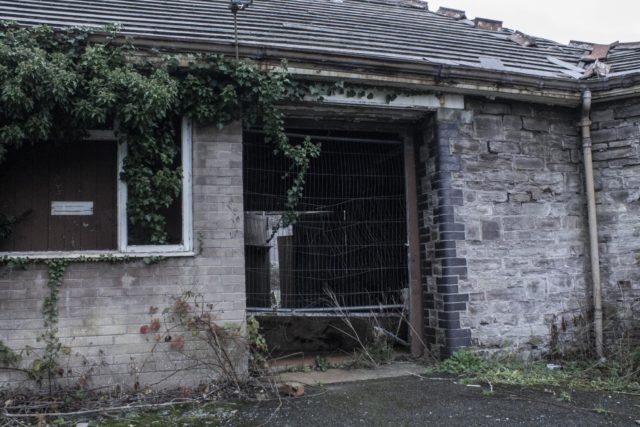
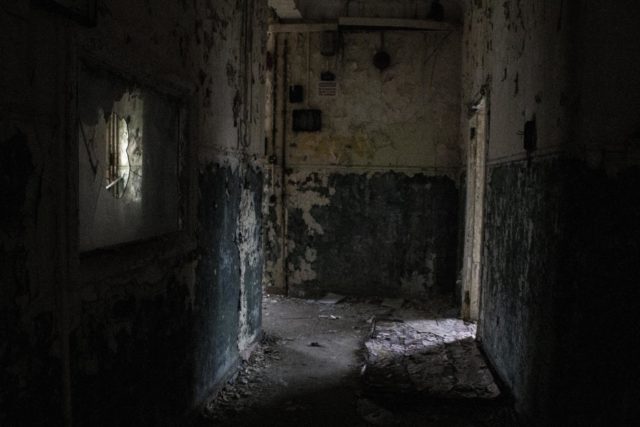
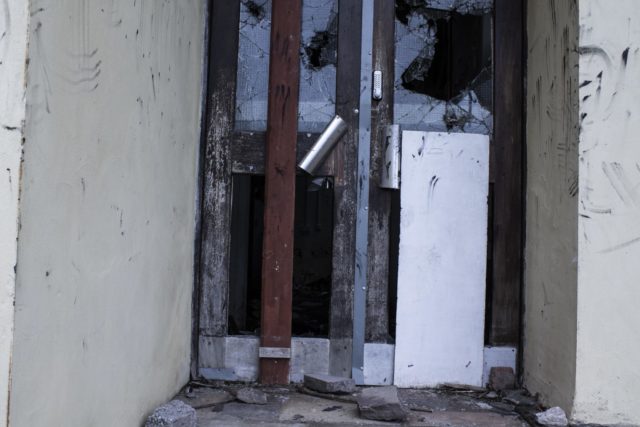
Another Article From Us: Abandoned Teupitz State Psychiatric Institution in Brandenburg
